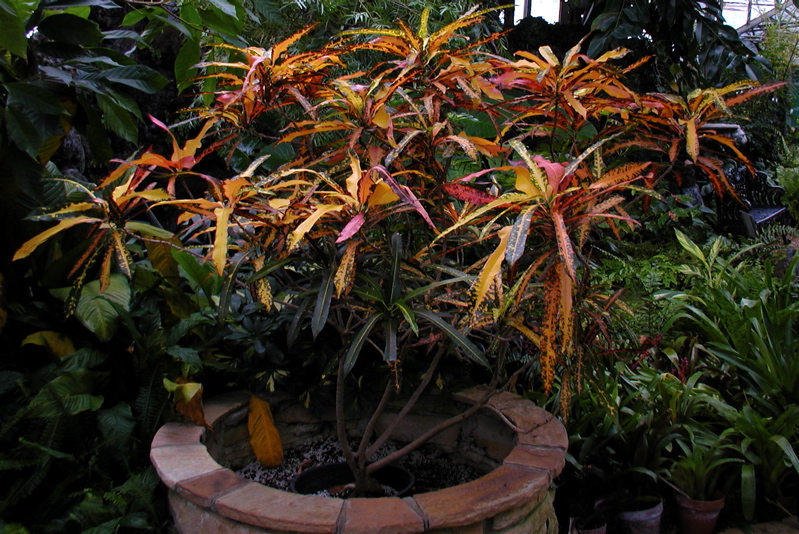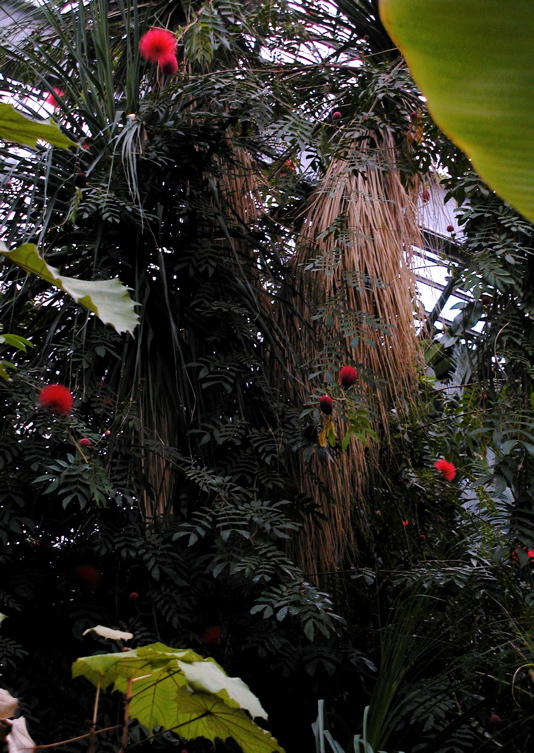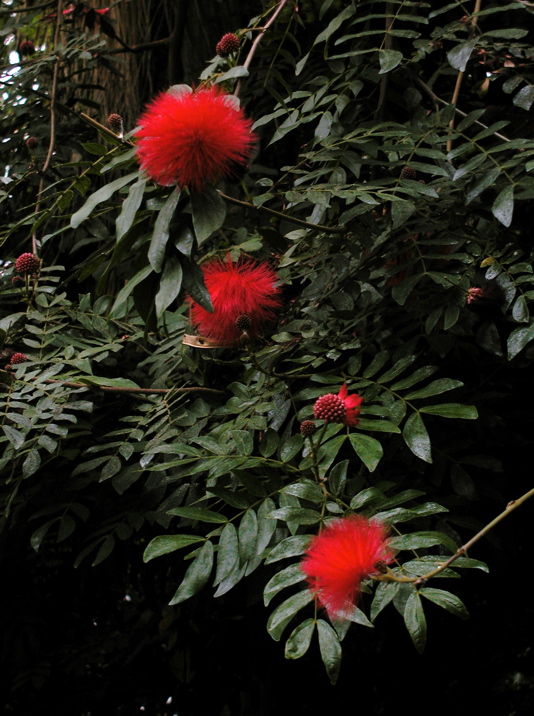Camellia 'Leslie Ann'
 Wednesday, November 3, 2010 at 3:55PM
Wednesday, November 3, 2010 at 3:55PM The Lady Garden remains a work in progress. One thing that has been lacking is a defined entry. The skimpy stone/wood path doesn't provide much impact, though it does direct the feet toward the central urn. After mulling the matter in my mind, I decided to look for a shrub for each side of the entrance. Here in the Southeast USA, now is the best time to plant shrubs. Fall planting gives them a full season to establish roots before spring growth begins, and plants are better grounded before the heat of next summer arrives. Fall planted shrubs also require less watering than spring planted ones.
I wanted something evergreen, columnar, growing to about eight feet. Holly? Perhaps, if I could find a nice variety with smooth leaves. Upright juniper? Not sure about that.
I headed for a local nursery earlier this week. It was an off time of the day, and I was one amongst only a handful of customers. I wandered up to where the evergreens were displayed in long rows. I stopped when I saw the sprinkler system, spraying large swaths of water across all of the plants I had determined to examine. I looked around to find a nursery worker, hoping to get the water turned off. I didn't see anyone. I skirted the evergreens, dodging the water, and thinking if I timed it right I might be able to see what they had.
For my efforts I received a jet of water across my face.
I sighed and headed back toward the front, searching for someone to shut off the sprinkler. I halted at the shady garden area, eyeing a display of camellias.
Camellia! Why not upright camellia?
Before long I was headed home with two Camellia sasanqua 'Leslie Ann'.
Nothing says Old South like a camellia. There are two kinds. Most noted is Camellia japonica, with varieties blooming in late winter to early spring. I already have several of these. Just as beautiful but for some reason not as celebrated, Camellia sasanquas bloom fall to early winter. It's easy to remember the difference: japonica - J is for January; sasanqua - S is for September. Sasanquas tend to be more cold hardy than japonicas and most will finish blooming before hit by hard frosts. 'Leslie Ann' does well in hardiness zones 7-8.
'Leslie Ann' is the first sasanqua for me. I am thrilled to have a shrub with beautiful blooms this time of year. It is a prolific bloomer from October through November. The two to three inch, semi double blooms are white with raspberry tips. The two I purchased each have a couple of open blooms and are covered in buds. They should soon be in full bloom.
"Leslie Ann" is an upright, column grower, to about eight feet tall with a width of four to five feet. It has glossy, dark green leaves, oval with slightly toothed edges. My baby camellias look scrawny, but I am promised the shrubs will become dense. After blooms have faded I will lightly prune to encourage fullness.
All camellias grow well in semi-shade to sun, in well drained, acid soil. I dug wide holes for mine and added compost to the native soil before backfilling around the root balls. I watered well and then added pine straw mulch around the bases. Camellias should be fed up to three times a year with a slow release, acidifying fertilizer, in early spring, summer, and fall. 'Leslie Ann' is said to grow about eight inches a year. However, I have learned that plant tags don't always read the plant's mind, so I will have to watch. Hopefully, I have left enough space between my camellias for a nice entrance to the Lady Garden.
Here are some shots of my new camellias. Everything is very wet, because the weather cooperated for me and began to rain just after I planted them.
 Camellia sasanqua 'Leslie Ann',
Camellia sasanqua 'Leslie Ann',  camellia,
camellia,  lady garden in
lady garden in  fall,
fall,  lady garden,
lady garden,  shrubs
shrubs 





